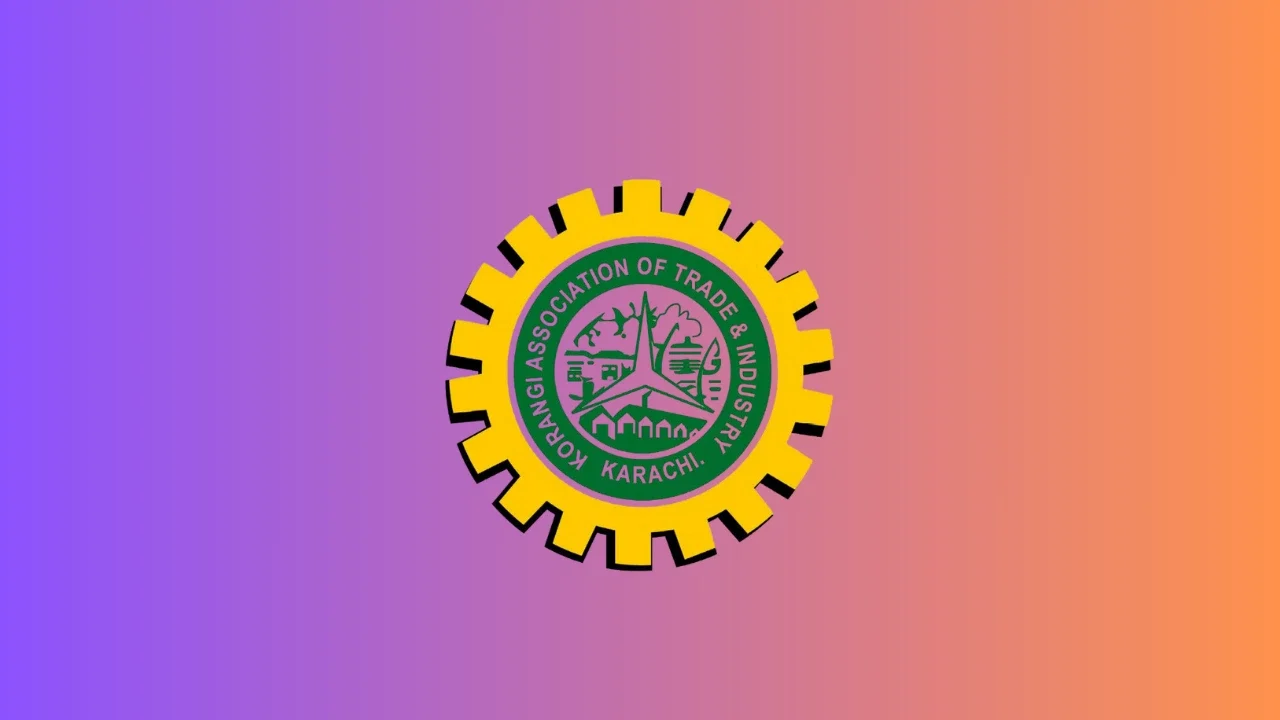By Ahmed Khan
Amid the constant hum of machines and trucks in Korangi Industrial Area Karachi, a new chapter is beginning. The Korangi Association of Trade & Industry (KATI) has announced bold plans under its freshly elected leadership — aiming to boost industrial growth, fix infrastructure, and make the area more competitive both locally and globally.
A New Direction for KATI’s Leadership
Stretching across thousands of acres, the Korangi Industrial Area is one of Pakistan’s largest manufacturing zones. It is home to hundreds of factories producing textiles, leather goods, chemicals, pharmaceuticals, and engineering products.
KATI’s new leadership wants to use this industrial strength in a better and more organized way — not just to help local businesses but to support the wider national economy.
Modernization Goals and Infrastructure Upgrades
KATI’s new team has set out a simple plan. First, modernize the area’s infrastructure and make it easier for factories to operate. Second, push for government policies that fix outdated or complicated regulations.
And third, connect KIA businesses more closely with international supply chains, investors, and export markets.
“Industries can’t grow on outdated systems,” said Ikram Rajput, the newly elected President of KATI. Speaking to this reporter, Rajput explained that improving basic utilities is a top priority. “We are focusing on better roads, stable electricity and gas supply, and faster digital connectivity,” he said. “Many factories struggle with unreliable services, and that needs to change.”
He added that KATI plans to work closely with government bodies and utility companies to fix these ongoing issues and make the industrial area more efficient.
Korangi Industrial Area Karachi to Get Policy Reforms
Rajput said that lobbying for better policies is central to KATI’s mission. “We’ll keep talking to both Sindh authorities and the federal government to push for reforms,” he explained.
These include simpler licensing procedures, easier environmental approvals, and fairer energy rates for industries.
He pointed out that KIA is a major employment hub for Karachi, and improvements here can directly increase tax revenue, boost exports, and create thousands of new jobs.
Attracting Global Investment and Advanced Production
KATI also plans to promote KIA as an attractive location for foreign investors. The leadership wants local firms to go beyond just light manufacturing and start focusing on automation, advanced production, and export-oriented operations.
“Our goal is to help industries modernize,” Rajput said. “We’re setting up training programs, building ties between universities and industries, and opening doors to new export markets.”
Developing Skills for the Modern Workforce
Another key part of KATI’s plan is workforce development. Rajput said the manufacturing sector is changing fast, and workers need new skills to keep up.
KATI intends to work with technical institutes and vocational centers to train workers who can handle modern machinery, maintain high-quality standards, and meet new market demands.
Sustainability and Cleaner Manufacturing Future
Environmental responsibility is also becoming a major focus for KATI. Rajput said the association is encouraging cleaner production techniques, better waste management, and energy-saving measures across the industrial estate.
“These steps won’t just help companies follow environmental laws,” he said. “They’ll also cut production costs and raise the value of Pakistani goods in global markets that now expect sustainable and responsible suppliers.”
As KATI’s new leadership steps in, the message is clear: Karachi’s largest industrial zone isn’t just looking to stay relevant — it’s aiming to become a model for how Pakistan’s industries can grow smarter, cleaner, and stronger.
Author Profile
-
Ahmed Khan is a business journalist who specializes in Pakistan’s financial markets, corporate earnings, and economic policy.
With a keen eye for market trends and investor behavior, he breaks down complex financial developments into clear, insightful stories for everyday readers.





